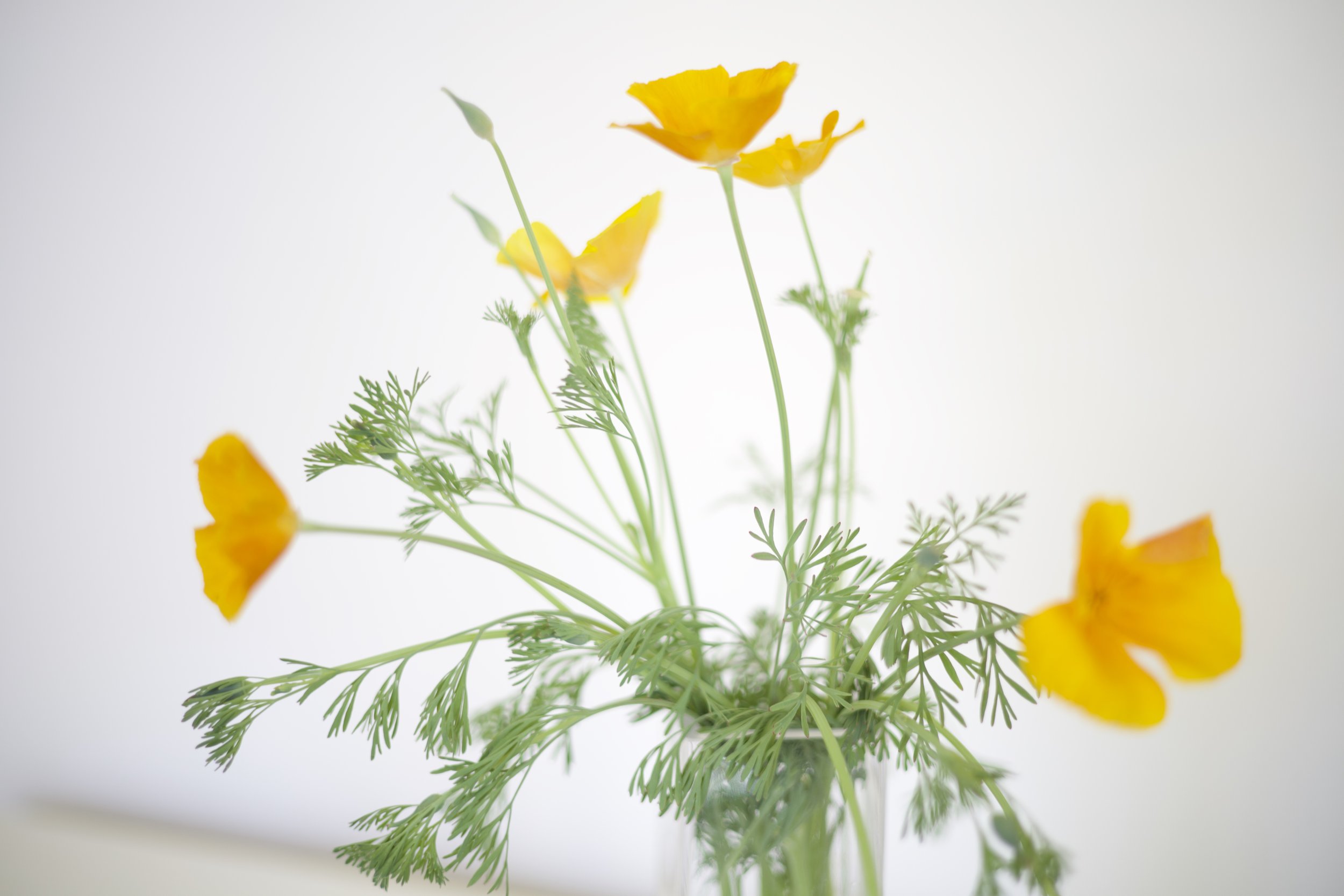 Image 1 of 6
Image 1 of 6

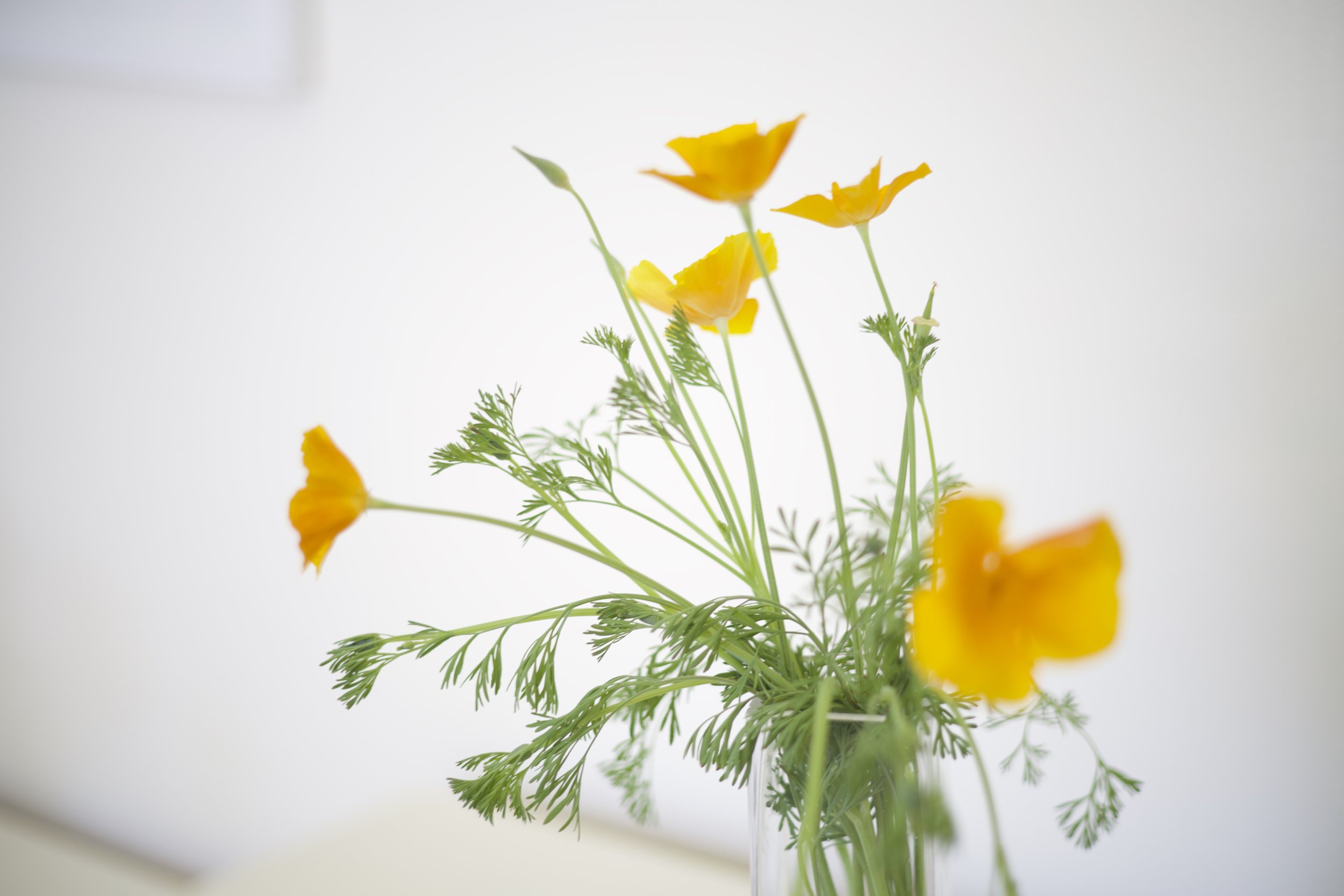 Image 2 of 6
Image 2 of 6

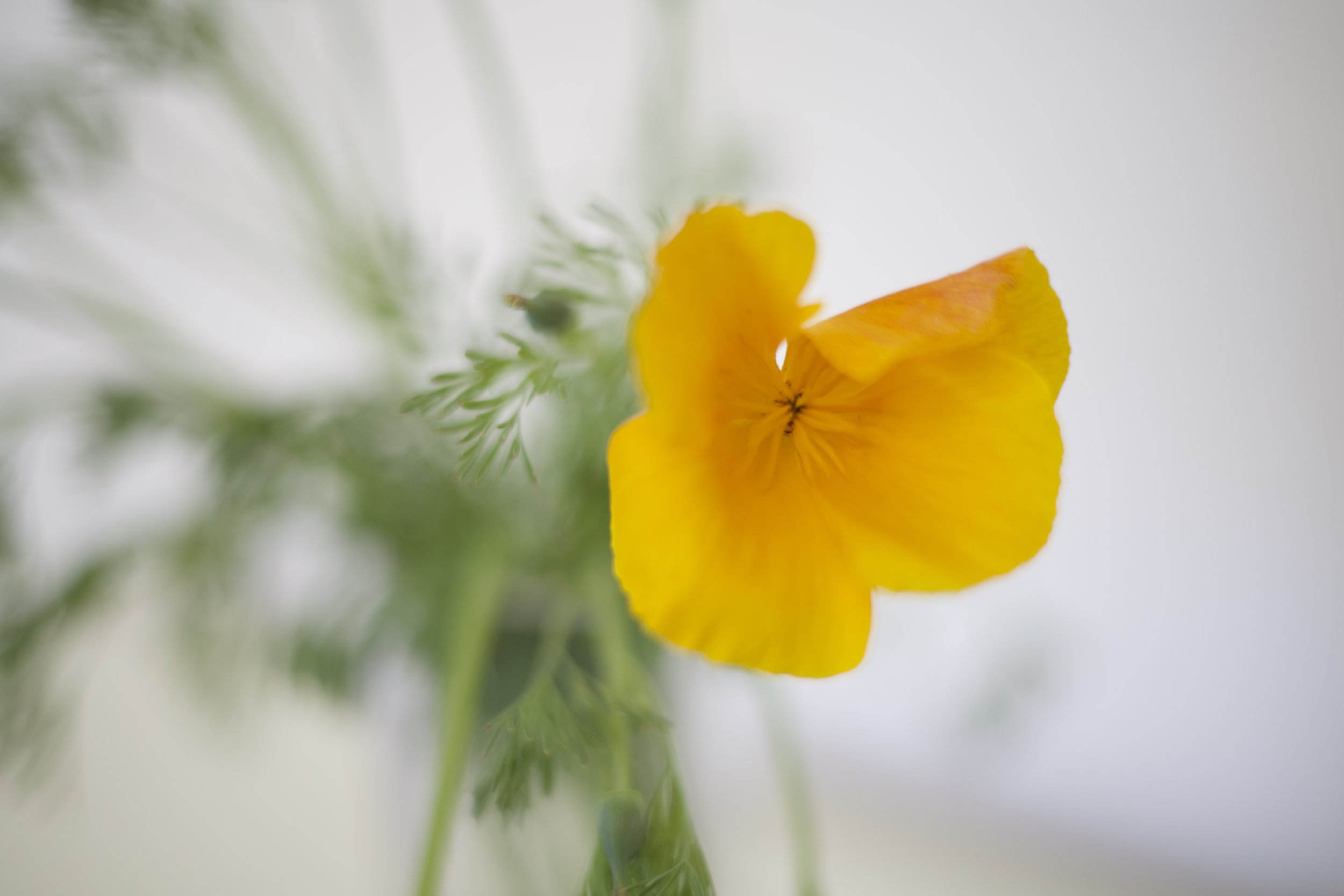 Image 3 of 6
Image 3 of 6

 Image 4 of 6
Image 4 of 6

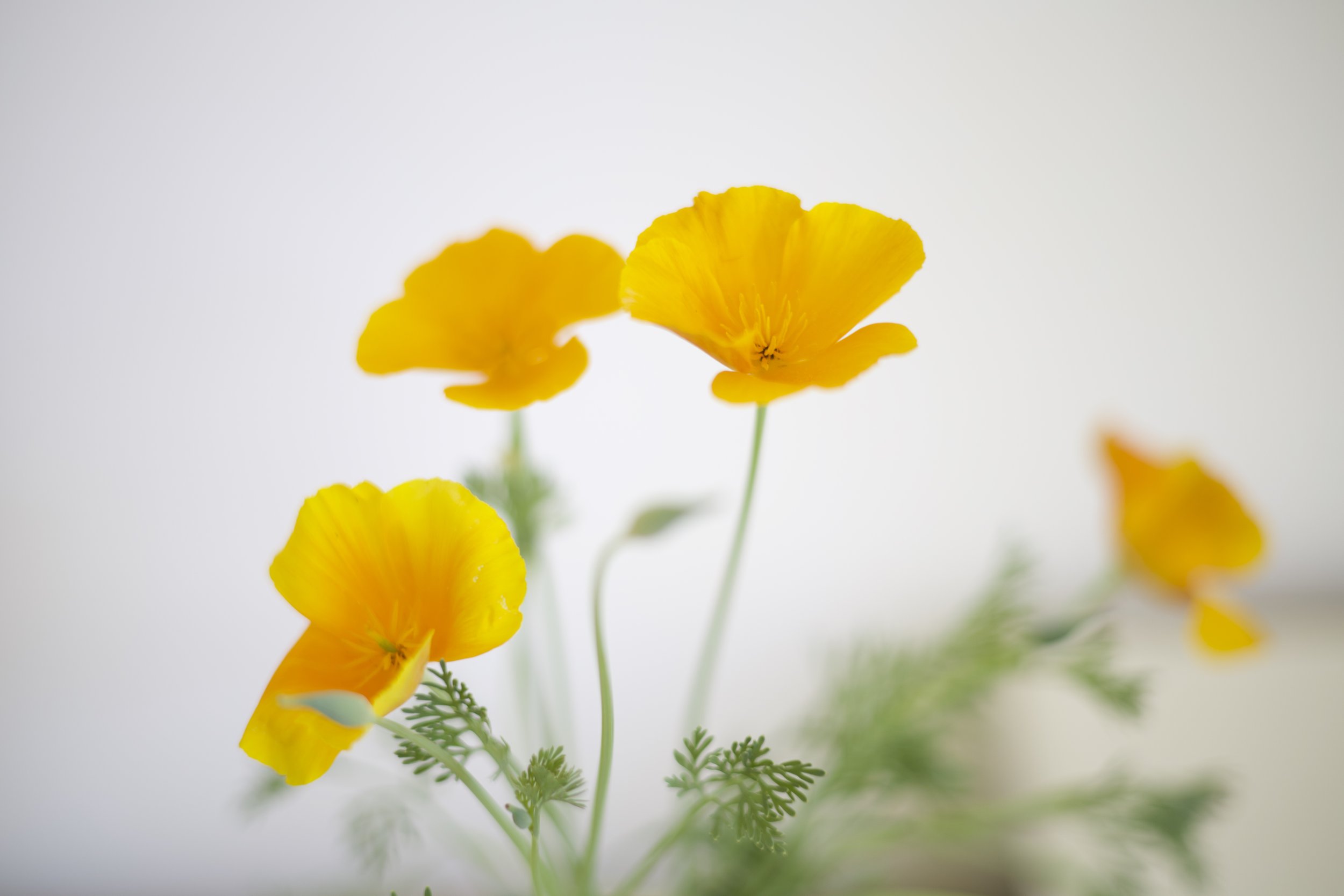 Image 5 of 6
Image 5 of 6

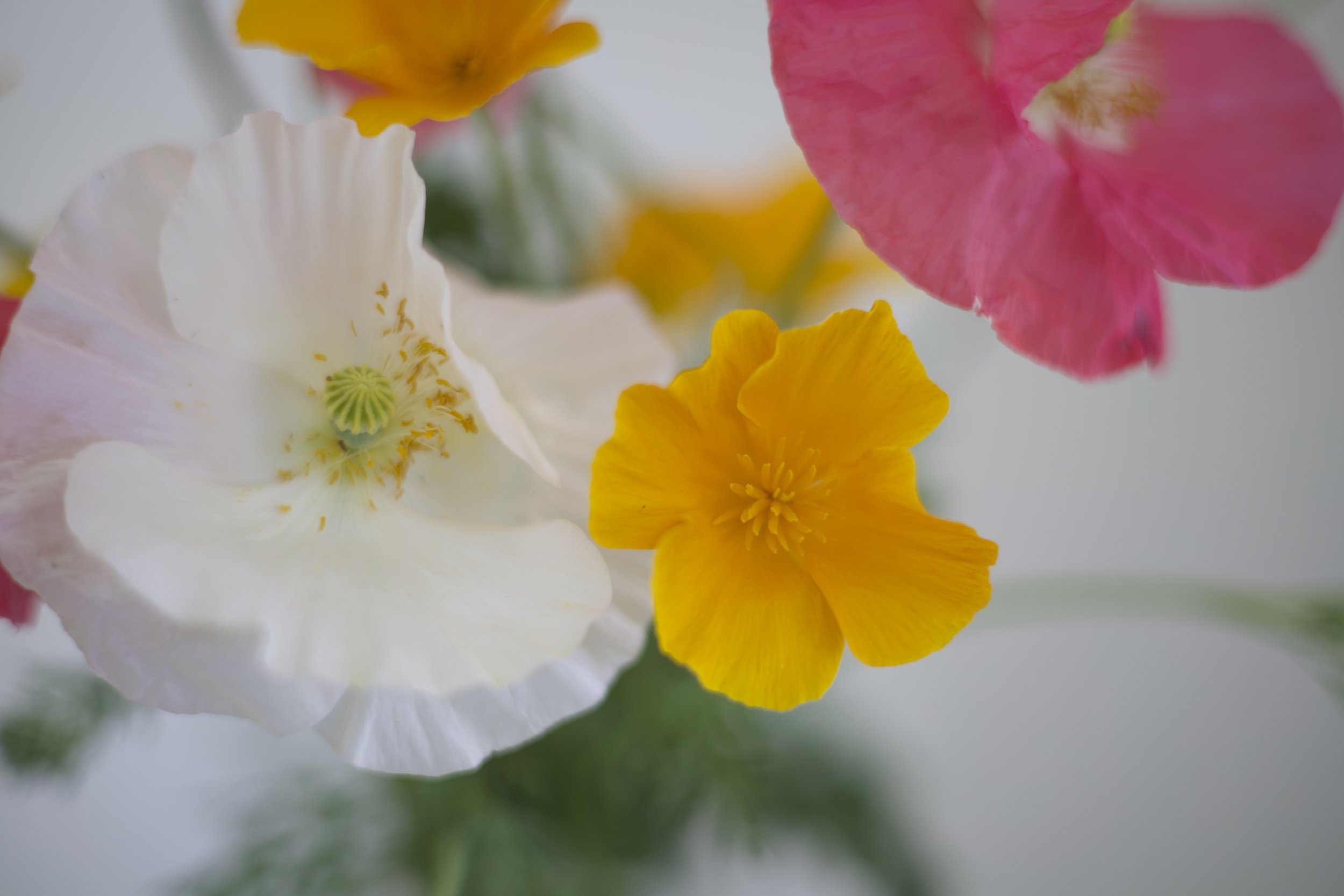 Image 6 of 6
Image 6 of 6







Poppy California
Eschscholzia californica
Classic ‘California Poppy’ that produces bright yellow-orange blooms on green-grey airy foliage that produces flowers all summer. Blooms attract pollinators while plants repel deer. This plant freely self sows and can tolerate sandy soil, heat, and drought once established.
Plant Height: 8-16”
Light Requirements: full sun
Soil Preference: well-draining soil, pH 6-7
USDA Zones: 1-7 (annual), 8-10 (perennial)
How to Grow
Germination: 10-15 days at 50-60F, light and cold period required to germinate
Seeding Depth: 1/16” depth
Plant Spacing: 8-12”
Days to Maturity: 60-90 days
Early-Season Seeding: Seed outdoors 4 weeks before the last frost date in zones 1-7 to satisfy the cold period for gemination. If starting inside, refrigerate seeds (see growing tips), and start seeds 4-6 weeks before your last frost date.
Late-Season Seeding: Direct seed outdoors in early-fall in zones 8-10 to satisfy the cold period for gemination.
Growing Tips: Chilling is necessary to promote germination of this seed. Satisfy chilling by seeding before your last frost date in zone 1-7 or in the fall for zones 8-10. The cold requirement can also be satisfied by placing seeds in your fridge for 2.5 months in slightly moist sand or peat media to prevent seed from drying. While direct seeding it is helpful to mix seeds with sand to prevent overseeding. Direct seeding is recommended since these plants struggle with being transplanted. If starting seeds indoors, be careful not to disturb the roots when transplanting. This plant self sows so allow it to go to seed if you don’t mind it spreading in your yard, or remove the stems before they set seed.
Cut Flower: Harvest when buds are in the colored stage. Although the individual vase life of each flower only lasts a few days, stems can be harvested with multiple blooms to extend the blooming time to 7 days. Searing is not recommended for this poppy.
Photo by @ peter_clayton
Eschscholzia californica
Classic ‘California Poppy’ that produces bright yellow-orange blooms on green-grey airy foliage that produces flowers all summer. Blooms attract pollinators while plants repel deer. This plant freely self sows and can tolerate sandy soil, heat, and drought once established.
Plant Height: 8-16”
Light Requirements: full sun
Soil Preference: well-draining soil, pH 6-7
USDA Zones: 1-7 (annual), 8-10 (perennial)
How to Grow
Germination: 10-15 days at 50-60F, light and cold period required to germinate
Seeding Depth: 1/16” depth
Plant Spacing: 8-12”
Days to Maturity: 60-90 days
Early-Season Seeding: Seed outdoors 4 weeks before the last frost date in zones 1-7 to satisfy the cold period for gemination. If starting inside, refrigerate seeds (see growing tips), and start seeds 4-6 weeks before your last frost date.
Late-Season Seeding: Direct seed outdoors in early-fall in zones 8-10 to satisfy the cold period for gemination.
Growing Tips: Chilling is necessary to promote germination of this seed. Satisfy chilling by seeding before your last frost date in zone 1-7 or in the fall for zones 8-10. The cold requirement can also be satisfied by placing seeds in your fridge for 2.5 months in slightly moist sand or peat media to prevent seed from drying. While direct seeding it is helpful to mix seeds with sand to prevent overseeding. Direct seeding is recommended since these plants struggle with being transplanted. If starting seeds indoors, be careful not to disturb the roots when transplanting. This plant self sows so allow it to go to seed if you don’t mind it spreading in your yard, or remove the stems before they set seed.
Cut Flower: Harvest when buds are in the colored stage. Although the individual vase life of each flower only lasts a few days, stems can be harvested with multiple blooms to extend the blooming time to 7 days. Searing is not recommended for this poppy.
Photo by @ peter_clayton
Eschscholzia californica
Classic ‘California Poppy’ that produces bright yellow-orange blooms on green-grey airy foliage that produces flowers all summer. Blooms attract pollinators while plants repel deer. This plant freely self sows and can tolerate sandy soil, heat, and drought once established.
Plant Height: 8-16”
Light Requirements: full sun
Soil Preference: well-draining soil, pH 6-7
USDA Zones: 1-7 (annual), 8-10 (perennial)
How to Grow
Germination: 10-15 days at 50-60F, light and cold period required to germinate
Seeding Depth: 1/16” depth
Plant Spacing: 8-12”
Days to Maturity: 60-90 days
Early-Season Seeding: Seed outdoors 4 weeks before the last frost date in zones 1-7 to satisfy the cold period for gemination. If starting inside, refrigerate seeds (see growing tips), and start seeds 4-6 weeks before your last frost date.
Late-Season Seeding: Direct seed outdoors in early-fall in zones 8-10 to satisfy the cold period for gemination.
Growing Tips: Chilling is necessary to promote germination of this seed. Satisfy chilling by seeding before your last frost date in zone 1-7 or in the fall for zones 8-10. The cold requirement can also be satisfied by placing seeds in your fridge for 2.5 months in slightly moist sand or peat media to prevent seed from drying. While direct seeding it is helpful to mix seeds with sand to prevent overseeding. Direct seeding is recommended since these plants struggle with being transplanted. If starting seeds indoors, be careful not to disturb the roots when transplanting. This plant self sows so allow it to go to seed if you don’t mind it spreading in your yard, or remove the stems before they set seed.
Cut Flower: Harvest when buds are in the colored stage. Although the individual vase life of each flower only lasts a few days, stems can be harvested with multiple blooms to extend the blooming time to 7 days. Searing is not recommended for this poppy.
Photo by @ peter_clayton